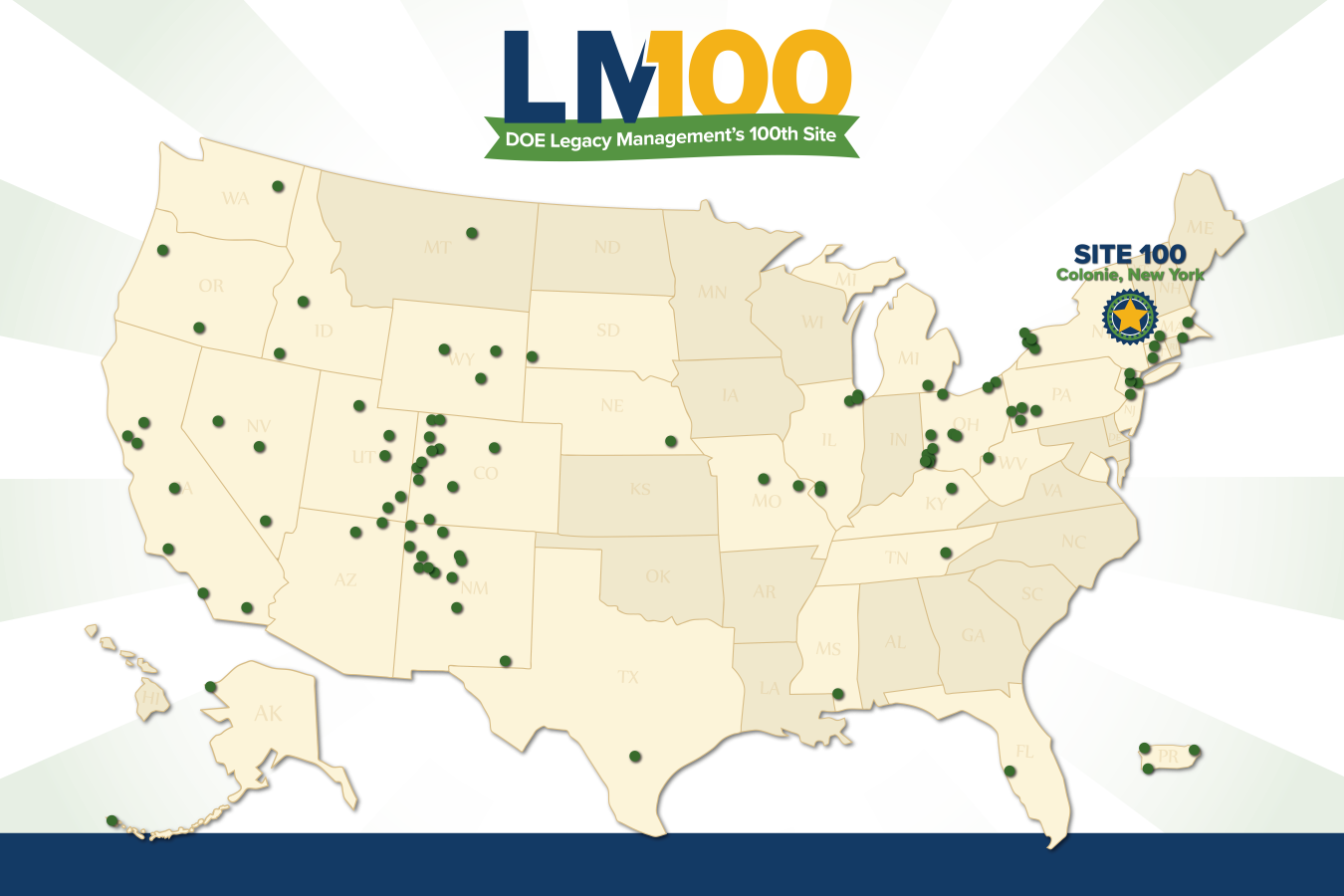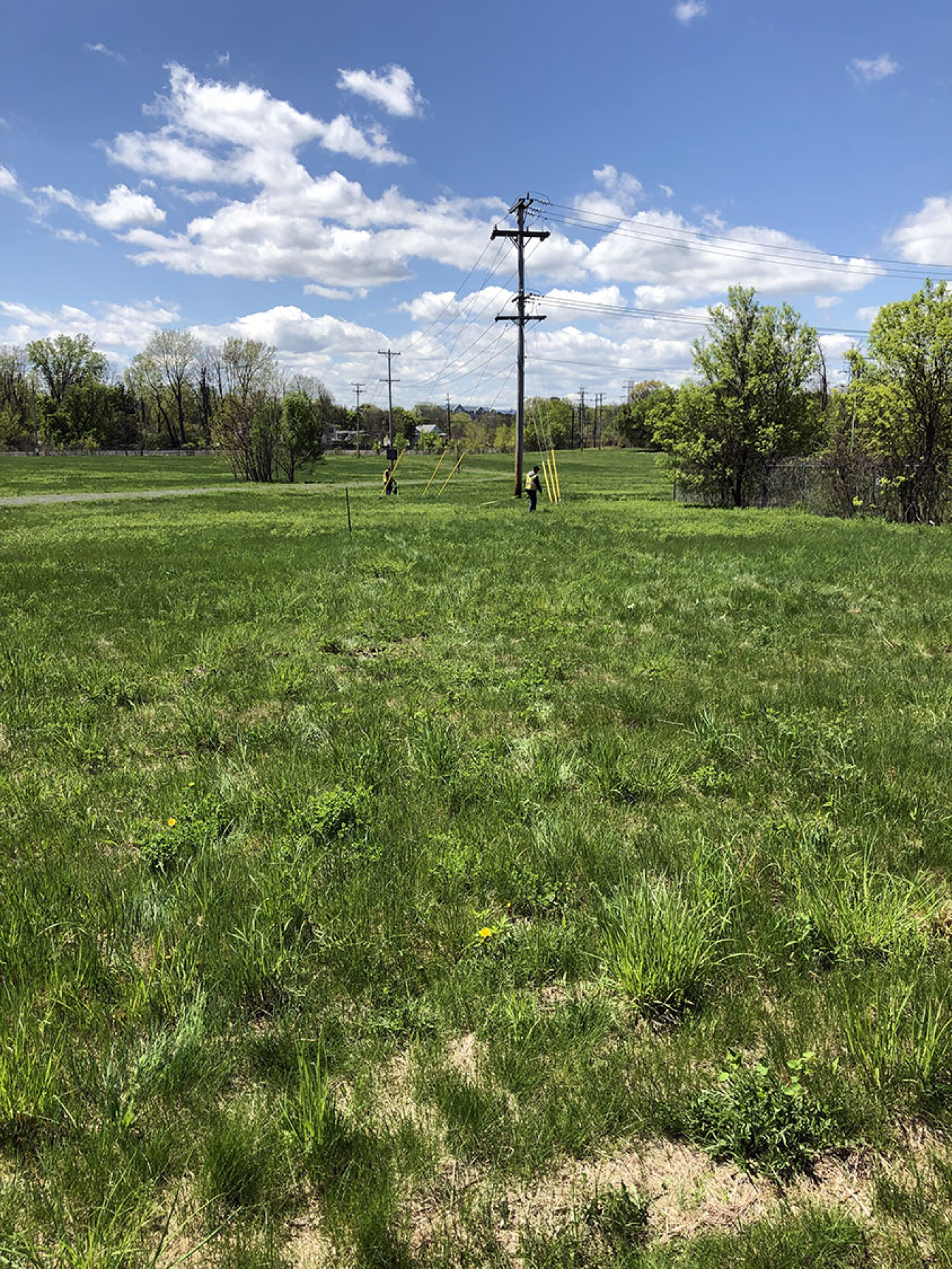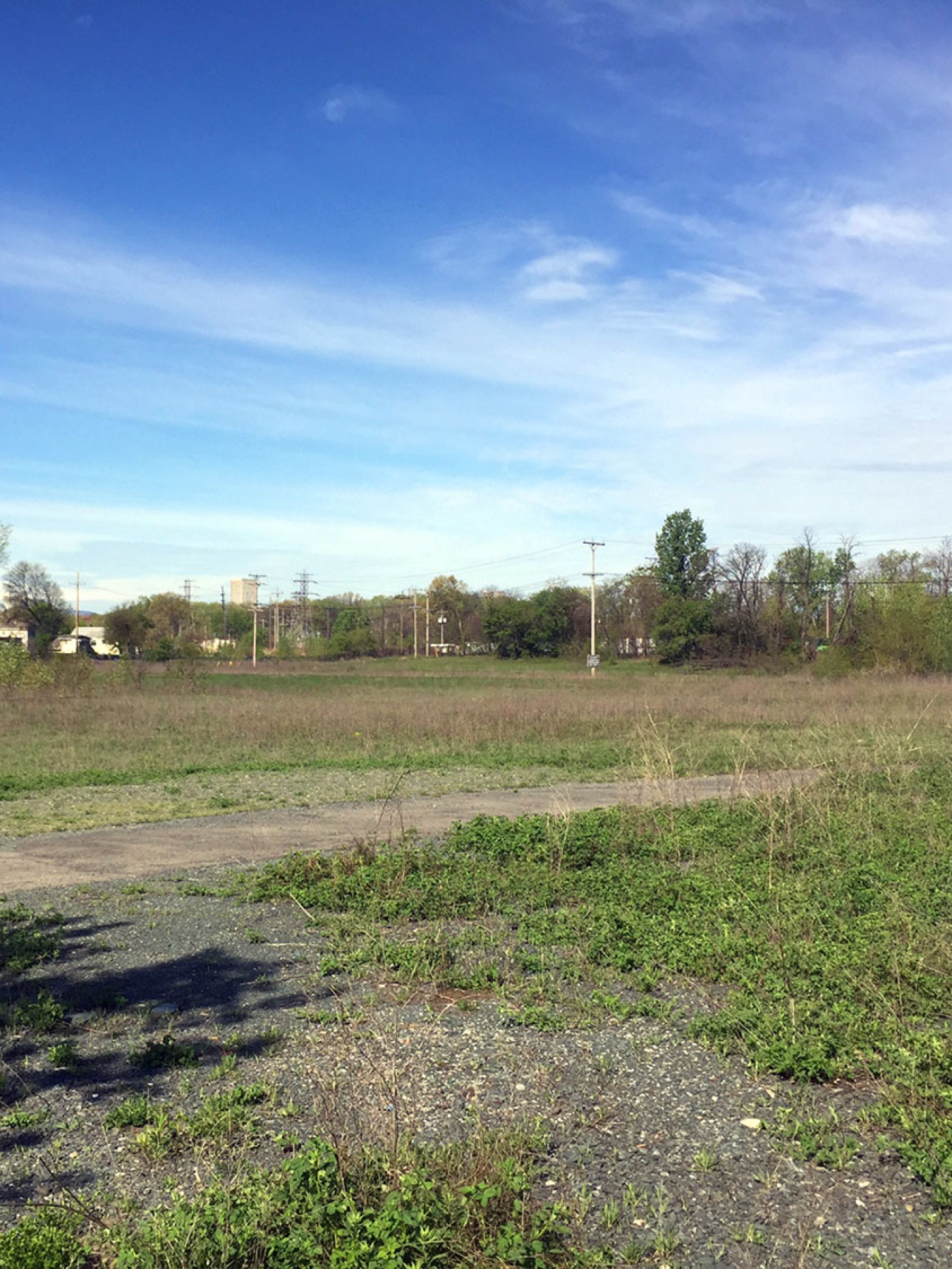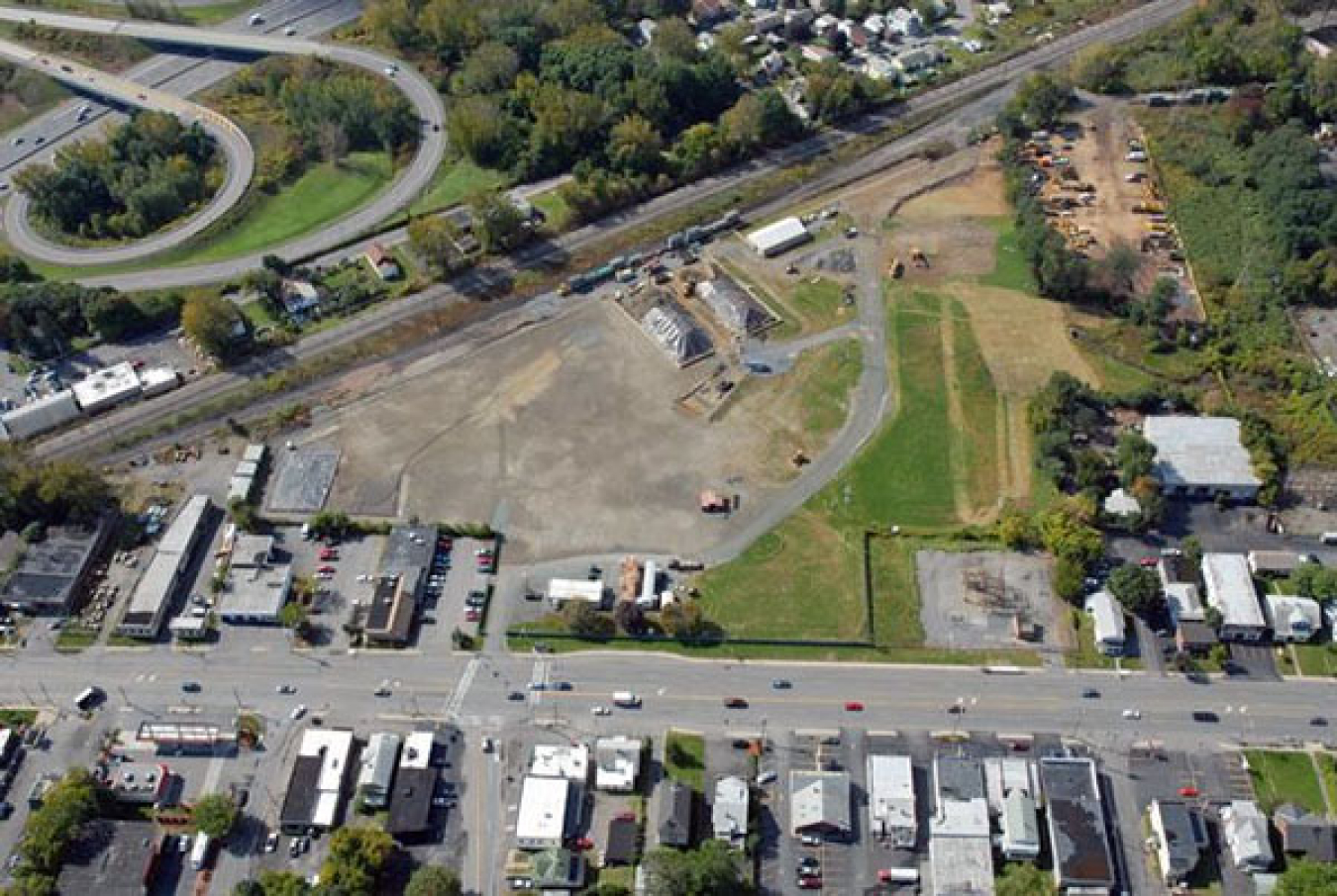On October 15, LM added its 100th site to its program.
October 15, 2019
Colonie, New York – The U.S. Department of Energy (DOE) Office of Legacy Management (LM) marked a major milestone on October 15, 2019, when the 100th legacy site was added to its program. The transfer of the Colonie, New York, Site to LM reflects the sustained progress by DOE in managing the responsibilities associated with the legacy of World War II and the Cold War.
"The transfer of Colonie into LM is a special moment for us," said LM Director Carmelo Melendez. "It marks our commitment to protecting human health and the environment within communities that made sacrifices for this nation during a critical period in our history. As our program grows, we'll continue to collaborate with experts, utilize new technologies, and implement best practices for providing the highest-quality long-term surveillance for these legacy sites."
Located in Albany County, the 11.2-acre Colonie site was owned and operated by National Lead Industries from 1937 to 1984. The plant manufactured various components using uranium and thorium from 1958 to 1968. Other materials were manufactured using depleted uranium until 1984. These activities resulted in residual radiological contamination on portions of the site. Contamination also impacted site groundwater and privately owned, neighboring properties.
In 1997, Congress transferred site cleanup actions under the Formerly Utilized Sites Remedial Action Program (FUSRAP) to the U.S. Army Corps of Engineers (USACE). USACE completed cleanup of the main site and three remaining vicinity properties.
The cleanup resulted in a site that is suitable for either commercial or residential use. Three small areas are inaccessible and placed under an environmental easement. The site, which is owned by the federal government, will be made available for future redevelopment to benefit the community. LM activities at the site will include long-term surveillance and maintenance to ensure that the site remains protective of human health and the environment.
"These cleanup efforts are the result of years of collaboration between government agencies, community organizations, and individual stakeholders," said LM Colonie Site Manager Darina Castillo. "We all carry a shared responsibility for the long-term care of these sites, with the ultimate goal being the protection of human health and the environment."
LM was established in 2003, when Congress mandated DOE to provide a long-term solution to the nation’s World War II and Cold War environmental waste legacy. Since then, the office's responsibilities have expanded from 33 sites to 100 today in the United States and Puerto Rico.
As part of its mission, LM strives to identify beneficial reuse opportunities for its sites. This may include transferring land to a third party, developing on-site educational resources, or restoring natural habitats.
Notable examples of beneficial reuse include the Fernald Preserve, Ohio, Site; New Brunswick, New Jersey, Site; Wayne, New Jersey, Site; and Tuba City, Arizona, Disposal Site. Once designated as a 1,050-acre Superfund site, the Fernald site was transformed into a frequently visited community asset that now is home to wetlands, trails, and animal habits, as well as an interpretive center. Originally housing a laboratory that supported national nuclear programs, the New Brunswick site is now privately owned and being redeveloped into a waste transfer facility. The Wayne site, which is currently under ownership of the local township government, was repurposed to house a public playground and dog park. The Tuba City site, located inside the Navajo Nation, incorporates solar panels to power its groundwater treatment plant.
LM expects to oversee 122 sites by the end of 2025.

Colonie, New York, Site.

Colonie, New York, Site.

Colonie, New York, Site aerial photograph.

